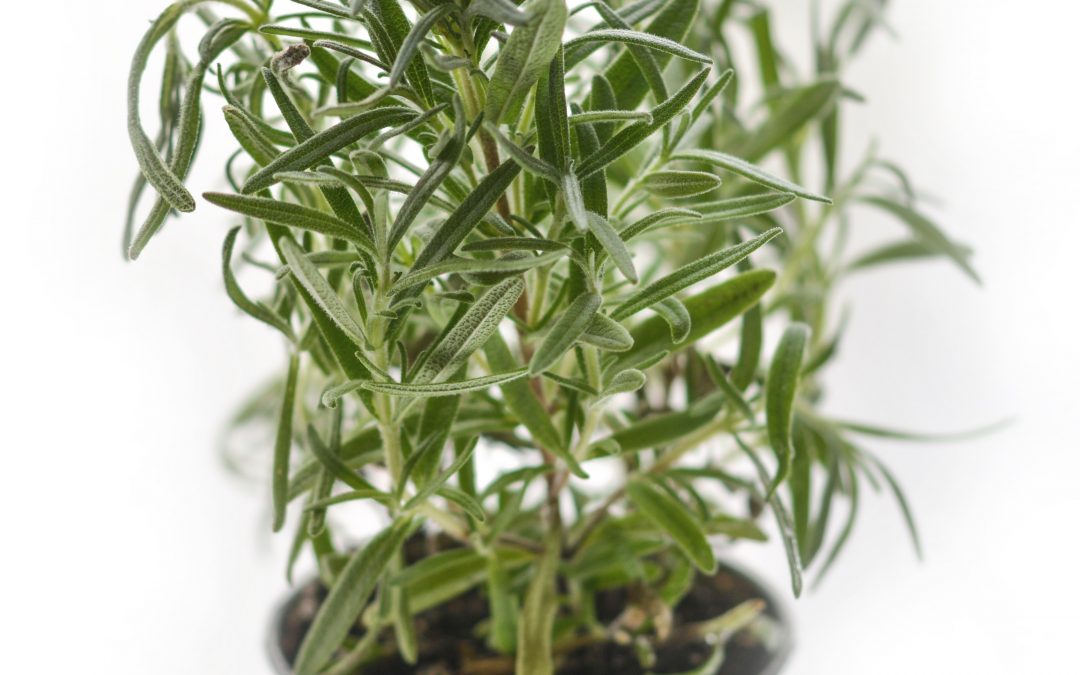I have seen a few people in my practice with upper respiratory infections this winter. One of the herbs I add to their herbal tincture is Thyme as it has antibacterial properties.
Thyme Benefits
Thyme is of the genus Thymus, most commonly Thymus vulgaris or common thyme. It has been well-used for centuries for a variety of purposes. People in ancient Rome used thyme in order to treat melancholy and added the herb to alcoholic beverages and cheese. The ancient Greeks would use thyme in incense. During medieval times, the herb was used in order to infuse the user with vigor and courage.
Species
Approximately 350 thyme species exist. Some of these species are good plants for gardening and possess a sweet fragrance and pretty lilac or pink flowers. Despite the fact that the flowers are quite small, there are many of them which produce nectar and therefore attract bees. Some of the most flavorful honey can be obtained from the nectar of thyme.
The plants are perennial and belong to the family of mint. They also exist in several different colors and shapes. The flowers of the plant range from pale pink, blue-violet, magenta, lilac, mauve, and white while the leaves vary in shades of green as well as bronze and silver.
The vast range of differences between each of the plants makes them each unique. As such, there are a number of different names for the various thyme types which include Rainbow Falls, Archer’s Gold, Golden King, Goldstream, Silver Posie, Silver Queen, and Lemon Curd. All of these plants have different scents which can generate aromas such as camphor, lemon, orange, celery, tangerine, caraway, pine, as well as eucalyptus. The different flavors and aromas are due to the subtle differences in the essential oil within the plant.
Thyme is a highly fragrant and pleasant plant to grow within a garden. They are small in size which makes them easy to plan in small spaces such as in rock gardens, small pots, and in between paving stones. They can be used in order to repel cabbage pests and beetles. In order to ensure that they grow well, it is best to trim the plant after they flower and remove any of the dead flowers.
Culinary Uses
The lemon thyme and common thyme are the most common forms of thyme that are used in cooking. In contract, thyme is also used for medicinal purposes with the most common types used being Spanish thyme, common thyme, as well as creeping thyme. All of these types are indigenous to Western Asia and Europe although they are cultivated throughout the world.
The dried or fresh leaves of the thyme plant along with the flowers can be used within stews, soups, sautéed or baked vegetables, custards, and casseroles. The herb gives the food a tangy and warm flavor, similar to camphor, and is able to retain its strong flavor even after cooking. It can also be used within marinades as well as stuffings.
Therapeutic Uses of Thyme
Thyme’s essential oil may be used within toothpastes, soaps, perfumes, antiseptic ointments, and cosmetics. The oil is also utilized in order to elevate the mood and relieving pain in aromatherapy. It can also be calming during conditions of stress and baths with thyme can help to relieve joint pain and aches.
Medicinal uses
The essential oils within thyme contain large amounts of thymol, which is a strong antibacterial agent as well as a strong antiseptic and antioxidant. The oil can be used within mouthwashes in order treat mouth inflammations as well as infections of the throat. Thyme is also used often within cough drops.
Due to the essential oil, the herb contains bronchial antispasmodic and expectorant properties which makes it quite useful in treatment of chronic as well as acute bronchitis, upper respiratory tract inflammation, and whooping cough. Thyme can also enhance the functioning of the bronchial cilia, also affecting the bronchial mucosa. Thyme’s terpenoids provide the herb with its expectorant properties while the flavonoids in the herb provide thyme with its spasmolytic effects. All members of the family of mint, such as thyme, contain terpenoids that are well-known for battling cancer.
Tea can also be made with 1 tsp of crushed thyme mixed in with ½ cup of water which is boiling. The thyme should steep within the water for a period of 10 minutes and then strained. The tea should be drunk between 3 and 4 times per day in order to treat coughs. If the tea needs to be sweetened, honey can be used.
Safety Precautions when Using Thyme
Thyme has no known side effects and is completely safe to use. However, thyme’s essential oil could cause skin and mucous membrane irritation and can also cause allergic reactions. It is also recommended that thyme should not be used medicinally during pregnancy as they have been linked with uterine stimulation.
———-
original article taken from
https://www.herbwisdom.com/herb-thyme.html

